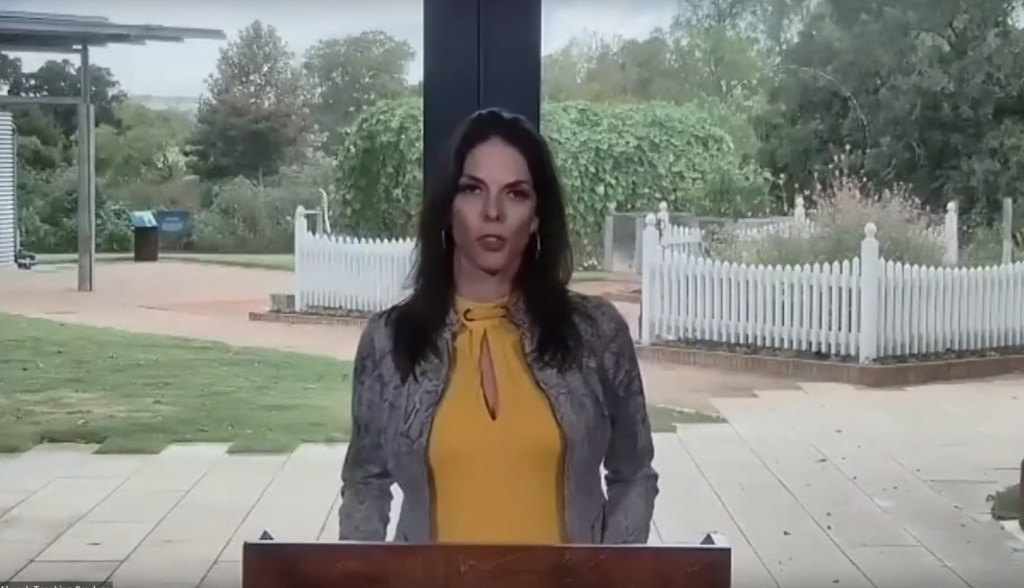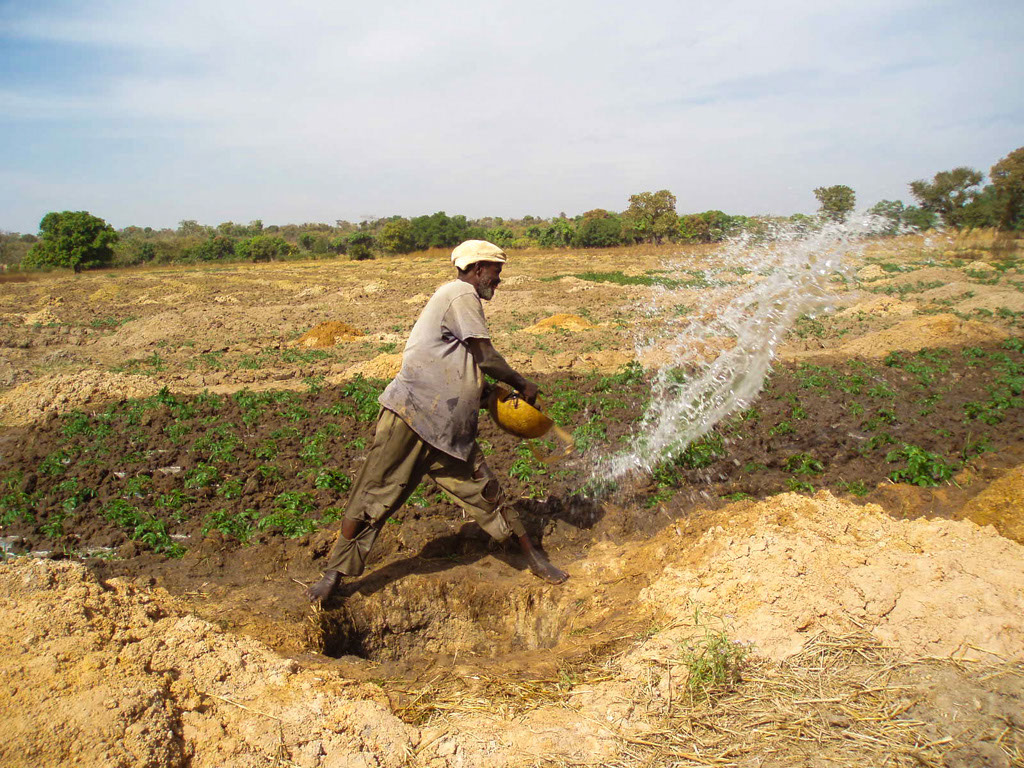Ten years’ worth of effort to end hunger and eliminate poverty were celebrated when Texas A & M AgriLife hosted a virtual get-together on September 17, 2020.
A virtual U. S. Congressional event, titled Cultivating Hope – Innovation Beyond the Decade, marked the tenth anniversary of the Feed the Future Innovation Labs. The Innovation Lab for Small Scale Irrigation (ILSSI) is one of those programs. ILSSI, hosted by Texas A & M Agrilife, is part of the Norman Borlaug Institute for International Agriculture.
The event highlighted support from members of the U.S. Congress for international agricultural research and recognized champions through awards for Representative Kay Granger and Representative Nita Lowey.
The event’s keynote speaker was Julie Borlaug, vice president of external relations at Inari and granddaughter to Norman Borlaug. She emphasized the need to deliver research innovations to farmers.

A decade ago, Feed the Future was born out of a global food crisis. This U.S. Agency for International Development initiative set out to use science and innovation to solve the global challenges of producing food to meet rising demand, improving nutrition, and supporting those who rely on agriculture for a living to be more resilient.
Feed the Future established a network of twenty-four Innovation Labs, partnerships that involve more than 70 U.S. universities and colleges. Working directly with partner countries, the initiative has supported more than 23 million people to exit poverty and ensured that more than 5 million families achieved food security.
Today, as pandemics and other threats have persistent negative repercussions for rising global hunger, the Innovation Labs continue to play an ever more important role in building resilience and supporting food security.



